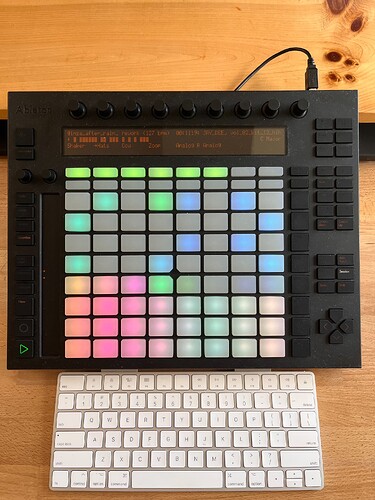Hi Everyone,
I’ve been finding it useful to write scripts for midi controllers that allow for two-way communication (for example, the ability to set LED state/color and Screen text via midi, controlling motorized faders etc).
Experimenting with different tactile devices and UI designs has opened up a lot of creative ideas for me in Renoise. So I’m looking for more info about devices that support this type of communication - sometimes it isn’t obvious what a particular device supports or documentation is hard to find. I thought others in the community may have their own recommendations. Below are the devices I have worked with, please help me grow this list!
AKAI APC 40
Official Reference
AKAI Fire
Blog Post
AKAI MPC One
Github Reference
AKAI MPC Studio Mk2
Github Reference
Presonus Atom
Forum Post
Google Doc
Presonus FaderPort 8
Official Reference
Novation Launchpad Mini MK3
Official Reference
Novation Launchpad X
Official Reference
Novation Launchpad Pro MK3
Official Reference
Novation Launchpad MK 2
Documentation
Novation Launchkey MK3
Official Reference
Novation LaunchKey Mini Mk2
Blog Post
Novation LaunchKey Mini Mk3
Official Reference
Novation LaunckKey Mk4
Official Reference
Novation 61 SL MkII
Official Reference
Ableton Push 1
Blog Post
Forum Post
Ableton Push 2
Official Reference
Intech Grid Controllers
Official Reference
Midi Fighter Twister
Official Reference
Electra One
Official Reference
Roland FC200
Official Reference
BCR2000
Third Party Software
Roger Linn Linnstrument
Official Reference
Kenton Killamix Mini
Official Reference
Korg nanoKontrol2 Slider
Owner’s Manual
